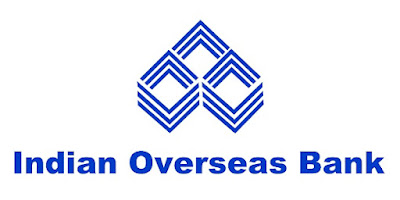USB 2.0 vs. USB 3.0
USB 3.0 provides better speed and more efficient power management than
USB 2.0.
USB 3.0 is backward compatible
with USB 2.0 devices; however, data transfer speeds are limited to USB
2.0 levels when these devices inter-operate. In 2014, a new standard,
USB 3.1, was released and is expected to be in widespread use by 2015.
Comparison chart
| |
|
|
| Released | April 2000 |
November 2008 |
|---|
| Speed | High Speed or HS, 480 Mbps (Megabits per second) |
10 times faster than USB 2.0. Super Speed or SS, 4.8 Gbps (Giga bits per second) |
|---|
| Signaling Method | Polling mechanism i.e can either send or receive data (Half duplex) |
Asynchronous mechanism i.e. can send and receive data simultaneously (Full duplex) |
|---|
| Price | For a similar product, the USB 2.0 version is generally less expensive than it's USB 3.0 version. |
For a similar product, the USB 3.0 version is generally more expensive than it's USB 2.0 version. |
|---|
| Power Usage | Up to 500 mA |
Up to 900 mA. Allows better power efficiency with less power for idle states. Can power more devices from one hub. |
|---|
| Number of wires within the cable | 4 |
9 |
|---|
| Standard-A Connectors | Grey in color |
Blue in color |
|---|
| Standard-B Connectors | Smaller in size |
Extra space for more wires |
|---|
| Max Cable length | 5 meters |
3 meters |
|---|
USB 3.0 provides better speed and more efficient power management than
USB 2.0.
USB 3.0 is backward compatible
with USB 2.0 devices; however, data transfer speeds are limited to USB
2.0 levels when these devices inter-operate. In 2014, a new standard,
USB 3.1, was released and is expected to be in widespread use by 2015.





No comments:
Post a Comment